In the past I was very skeptical of smartphone cameras. I still own and use a Samsung Galaxy Trend, released in 2012. In my opinion it is a rather lackluster photo taking device with a 5 megapixel pinhead sized sensor, very limited control over shooting parameters and some other annoyances, like slow and laggy user interface. It shares the insides with the Galaxy S Duos – you can find a list of its specs on gsmarena.
To be fair it was a budget phone at the time of purchase and is even less than that now. But even high-end smartphones – aside from only a few exceptions, like the Panasonic Lumix DMC-CM1 – don’t offer enough space for a larger sensor, better optics and thus significantly better image quality. Still, since my smartphone usage is limited to making calls, sending massages and browsing the web in those moments when I don’t have my laptop handy, I never saw the need to upgrade.
However, a few months ago my parents decided to make the leap into the smartphone era with two Samsung Galaxy S5 Neo smartphones. They got a bit embarrassed after seeing that even some of their technophobic friends now own and use them. This gave me the opportunity to test the photographic capabilities of a solid mid-range smartphone.
My first brief contact with a Samsung Galaxy S5 Neo back in February was quite shocking indeed. I didn’t expect such high levels of performance from a computer that small – and smartphones nowadays have much more in common with computers than they do with phones. Browsing the web, watching videos on YouTube or doing basically anything else, the S5 Neo was blazingly fast regardless of the task I’d thrown at it. Still, I wasn’t exactly blown away by its image taking prowess.
A 16 megapixel sensor mated with a 31mm full frame equivalent f/1.9 lens sounds promising, but as we all know, these are only numbers on the spec sheet. It is important to note, though, that before I went to visit my parents in Vienna I bought a TaoTronics Phone Camera Lens Clip Kit and that this time I had devoted a lot more time to exploring the limits of the device. Due to this my impression of S5 Neo’s photo taking capabilities was a lot more positive this time around. The question remains, however, can it deliver in real life? Well, yes and no. There are obvious advantages as well as shortcomings, whereby the latter are mostly tied to the software side of things.
The Pros
What I really like about the S5 Neo and its camera is the fun factor. This is the direct result of all the computational power under the hood. If you are familiar with Nikon 1 cameras, you will feel right at home here. In use the S5 Neo feels a lot like a Nikon 1 V1. It is very fast for a smartphone camera in regard to live view and autofocus, has a nice burst and very precise auto white balance and metering.
Advanced features like the HDR mode are basically “fool-proof” and very fast. I don’t know how Samsung has managed to do it, but even though the smartphone takes multiple frames (five, if I’m not mistaken) the HDR mode is usable handheld, provided shutter speed is not too slow, of course. Here are two images, so you can see what kind of difference this makes. The first image is a single exposure whereas the second was taken in the HDR mode.
There is a “pro mode”, which unlocks control over exposure compensation, ISO and white balance. All the controls are responsive and live view updates seemingly instantly after changes to the said parameters have been made.
Auto ISO seems to work very good, unlike with some dedicated cameras like the Nikon 1 V1, where the camera constantly choses too low ISO values, which can lead to camera shake or motion blur. In bright light S5 Neo lowers the sensitivity all the way down to ISO40. This, of course, improves image quality dramatically and makes the sensor look far better than its diminutive size (1/2.6”) would suggest.
What is also nice is that it works very well with the TaoTronics Phone Camera Lens Clip Kit. You can see what the kit looks like down below. From left to right: wide angle, macro and fisheye.
The latter can’t be mounted on its own. It needs to be screwed onto the macro lens first.
The macro and fisheye lenses expand the S5 Neo’s photography centric capabilities tremendously. Sadly the sensor and lens combo seem to tax the wide angle clip-on lens too much. There is very obvious and ugly – as in abrupt – vignetting and very pronounced chromatic aberration, when it is used on the S5 Neo. Still two out of three lenses being usable is very good for an adapter, that isn’t tailor made for the S5 Neo and only costs 12 bucks.
The Cons
As I’ve said, the cons are mostly tied to the software. What I would like to see is RAW capture. I’m assuming that, like almost any camera, the S5 Neo is capable of recording RAW files, at least the hardware is. Recording raw image data is even less taxing for the image processing hardware, but does demand more from the memory subsystem. I’m guessing that the decision to not include it in the S5 Neo, a mid-range phone, is not hardware but rather marketing driven. Samsung most likely didn’t implement it because it remains reserved for high-end phones. Anyway, in my opinion every smartphone should be able to record RAW. I find that this feature becomes even more important when you only have a small sensor – with limited color depth, dynamic range and rather bad noise performance – to work with. You might not need to process every image you shoot with a large sensor camera, because the output is “good enough”, but you pretty much have to process every image taken with a smartphone. At least if you don’t have very low image quality standards.
My second misgiving is closely tied to the first. The S5 Neo produces quite heavily compressed JPEG files and applies strong noise reduction to the images even at low ISO. Compared to my Olympus OM-D E-M10 (typical JPEG file size of almost 7 MB) the S5 Neo’s JPEGs are only half as large (around 3.5 MB). Given that both cameras have 16 MP sensors, albeit of different size, the only explanation for such a huge file size difference can be compression. Since we live in an age of very cheap data storage, I really don’t understand why Samsung decided to default to such heavy-handed JPEG compression. Since there is no RAW capture, why not at least give users a choice to use JPEG at 100% quality and disable noise reduction completely? This would not only greatly improve image quality but also post processing headroom.
There are of course many more small cons to the S5 Neo, but I find that naming and shaming every single one would be nitpicking, especially since the smartphone does produce unexpectedly nice images – at least in my opinion. The third and final con is the lack of a live view histogram. This is something that would make the “pro mode” a lot more useful for enthusiasts, who are able to make full use of such a feature.
No Summary or Verdict for now
As people who frequent my blog know, I’m not in the habit of reviewing gear based only on limited use. I will have an opportunity to use the S5 Neo in June and to shoot a lot more photos with it. So expect a full review then.


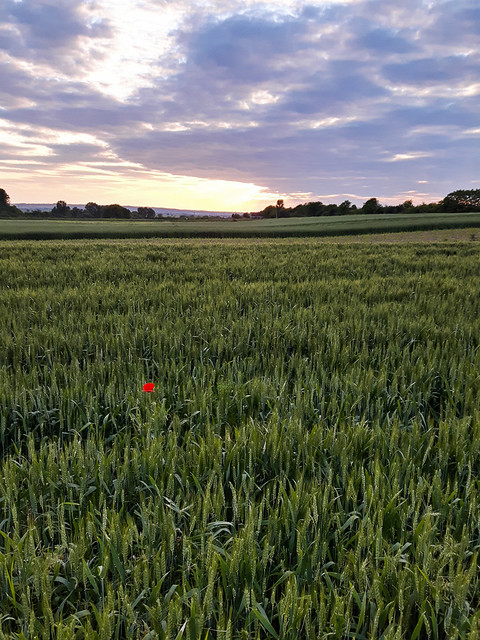





I’m amazed how easy it is to capture macro with the S5 Neo and the TaoTronics macro lens.
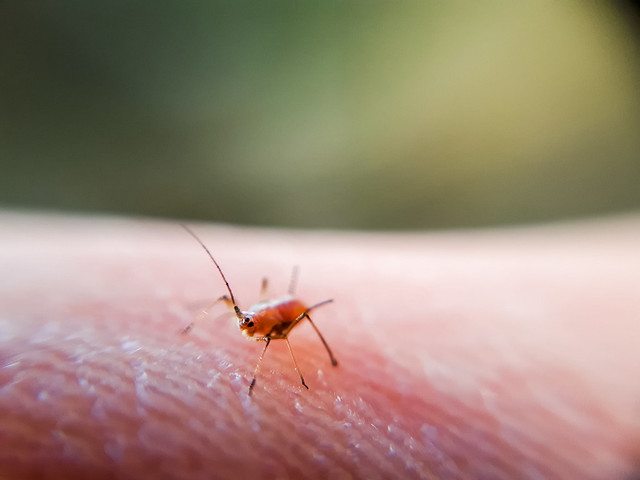

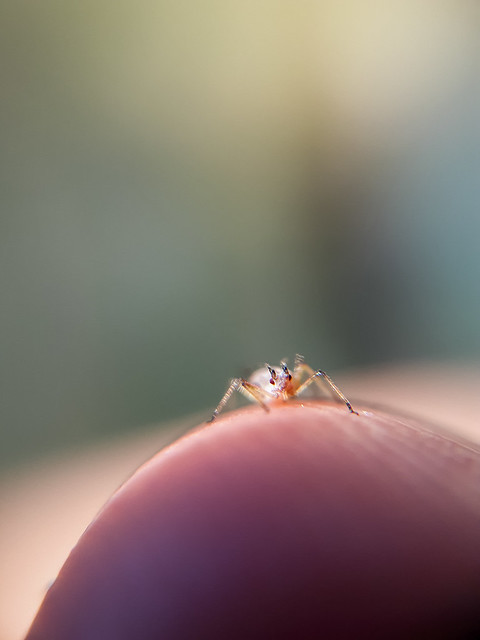
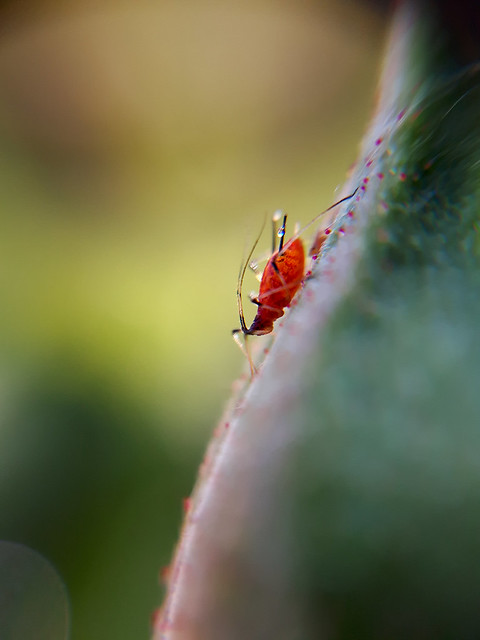







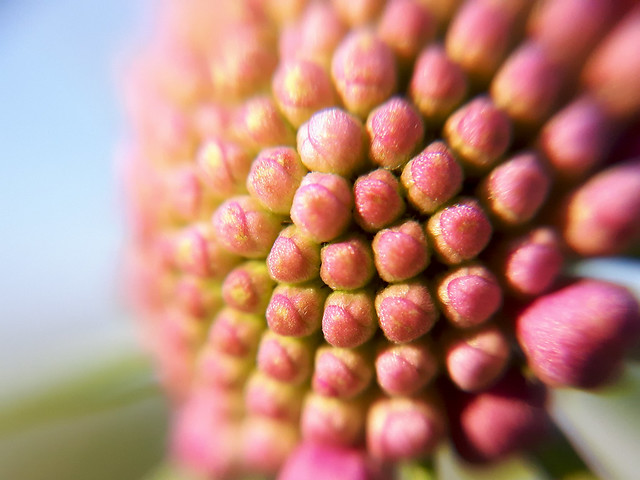

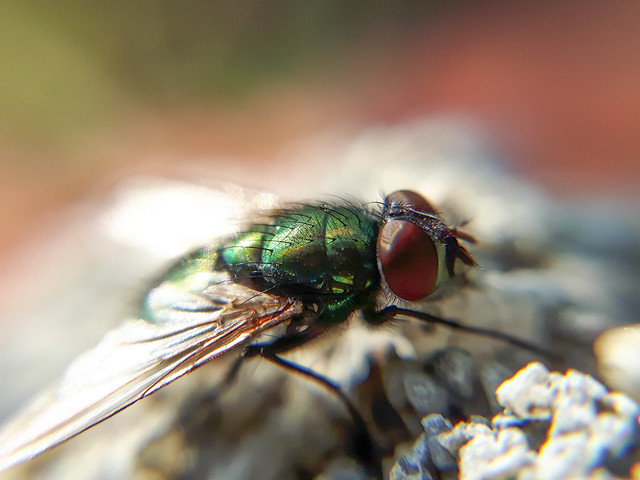
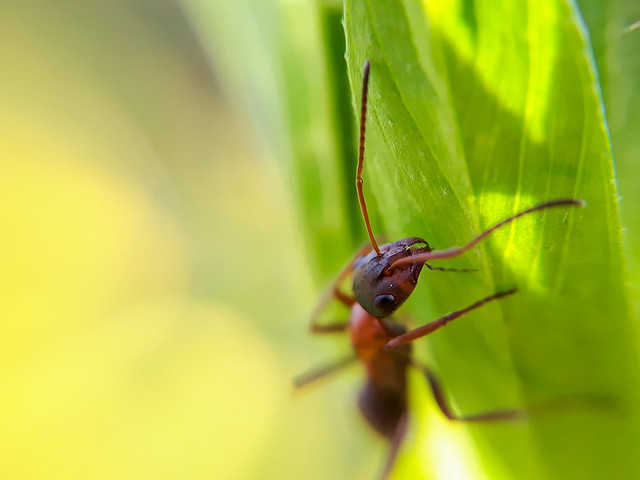





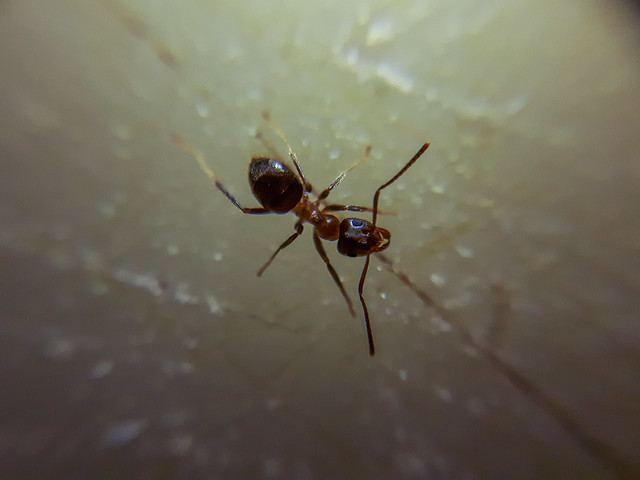 I didn’t shoot as many photos with the fisheye lens as I would have liked, but the results do look promising.
I didn’t shoot as many photos with the fisheye lens as I would have liked, but the results do look promising.




This is how you can support BigStreetGuns
If you like my work and intend to buy the TaoTronics Phone Camera Lens Clip Kit, please consider purchasing it at amazon, by using the following links: AmazonUS, AmazonUK, AmazonDE
You won’t pay a penny more compared to going to amazon directly, but I will receive a small commission. You will be supporting BigStreetGuns at no cost to you. Thanks for the support! 🙂
Follow me on:
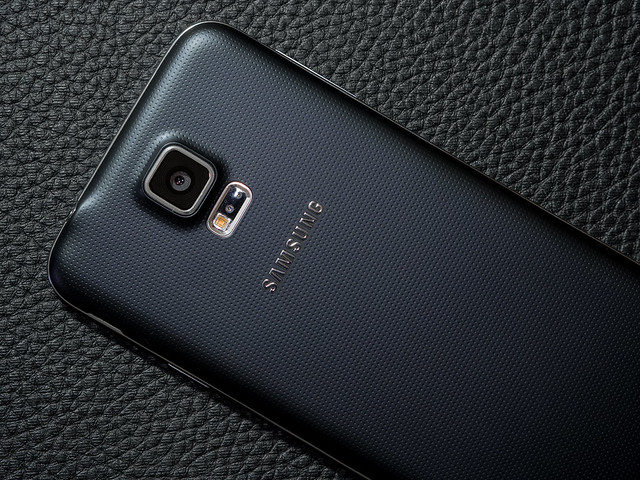



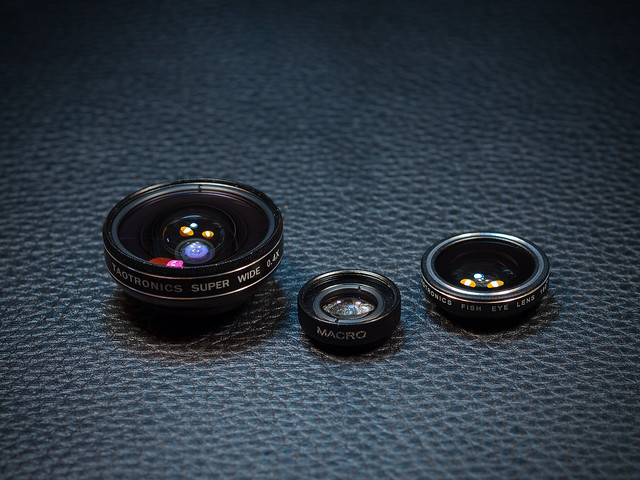
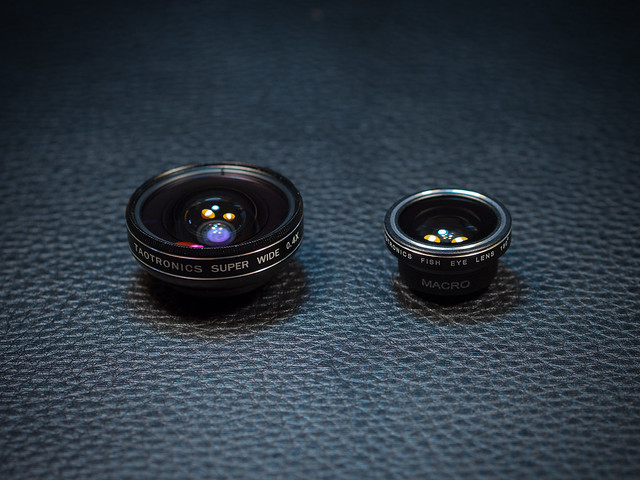
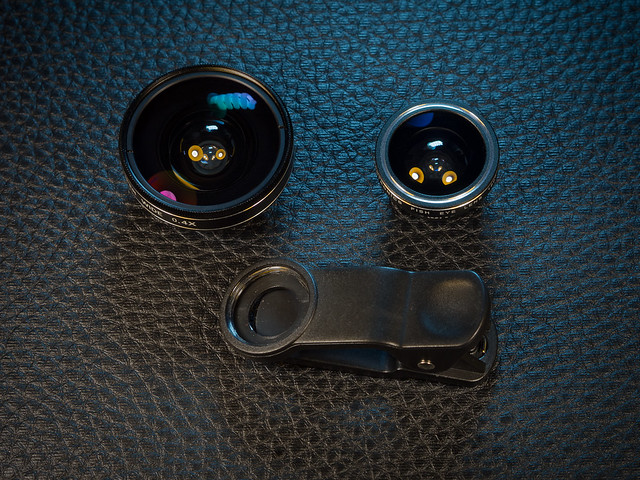

Wow, you sure did get some wonderful photos from that camera/phone and lens kit. Making me want a smart phone, but cell phones just do not work well where I live. 🙁
Thank you Joni.
How so? Is the reception that bad? I live in a small town in what you could call a rural part of Serbia. We don’t have an LTE or even a 3G network, but reception is still good and internet is fast enough for basic things. Especially for when you need to look up an address on Google Maps and things like that.
Very cool! Great to see you blogging again, Ivan. Keep up the good work.
Thank you Jan! I see you’ve been shooting a lot more in the past couple of weeks. How are you doing these days?